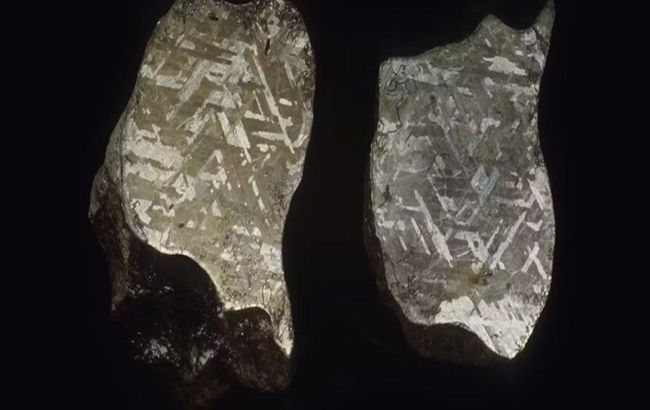Scientists discover glass fragments that may be of cosmic origin
 Fragments of glass of cosmic origin discovered in Australia (photo: Museums Victoria)
Fragments of glass of cosmic origin discovered in Australia (photo: Museums Victoria)
We are all used to man-made glass, but there is also glass found in nature. Sometimes it can be difficult to determine its origin in the natural environment. A new study has helped to reveal the history of glass particles found in Australia, reports ScienceAlert.
Details of the discovery
In the area, where there are at least 13 impact craters, fragments of meteorites formed in an event about 5 thousand years ago were previously discovered. The local aborigines have a legend about the crater field that has been telling for generations.
The meteorites found in the area belong to the iron class and contain a significant amount of metals, including iron, nickel, and cobalt.
 Satellite image of Hanbury Crater (photo: ScienceAlert)
Satellite image of Hanbury Crater (photo: ScienceAlert)
When the space object collided with the Earth, the resulting heat melted its components along with the surrounding rock. Some of the fused material formed droplets scattered over the area and hardened which look like fragments of volcanic glass.
These glass samples were studied by the researchers. In the laboratory, some of the particles were melted to a plasma state using a laser and then analyzed by a mass spectrometer to determine the composition of the material.
It turned out that the glass contains elements of the local rock, as well as a significant amount of iron, nickel, cobalt, chromium, iridium, and other elements of the platinum group.

A piece of Henbury glass (photo: ScienceAlert)
The composition of meteoritic glass was found to be about 10 percent of the total volume. Although this proportion seems insignificant, it is important. For example, molten rocks formed after the fall of the Chicxulub meteorite in Mexico contain less than 0.1 percent of asteroid material.
Similar samples of meteorite glass were found in other places on Earth, including Egypt and Saudi Arabia. The authors of the study believe that chemical analysis of such samples will help to better determine whether a particular crater is of cosmic origin.
Read also whether the 300-meter asteroid Apophis threatens humanity.

